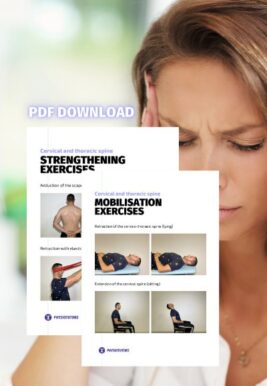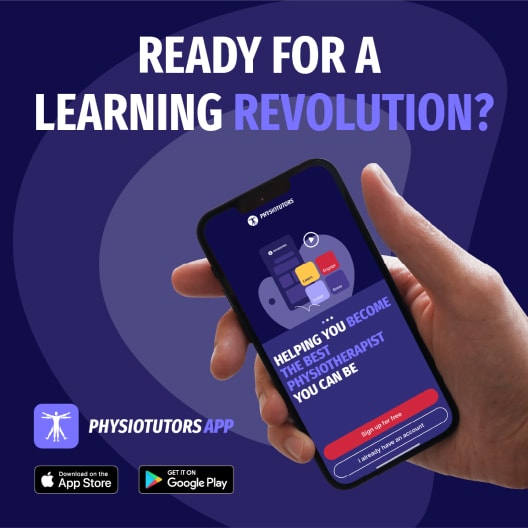Learn
Cluster Headache | Headache & Dizziness Assessment
Headaches can manifest on their own but are also a very common symptom in neck pain patients as more than 60% of patients with a primary neck pain complaint report having concordant episodes of neck pain. Therefore it’s essential to find out what kind of headache the patient is suffering from.
To start off let’s differentiate between primary and secondary types of headaches. But what does this mean? Simply put, primary headaches are a “disease themselves” whereas, in secondary headaches, the headache is a symptom of another condition. So primary headaches would be migraines, tension-type headaches & cluster headaches. Secondary-type headaches are headaches caused by tumors, hemorrhage, other trauma, TMJ dysfunction, substance overdose, or neck pain aka the Cervicogenic headache.
Now, let’s take a closer look at cluster headaches which are primary-type headaches. Cluster headaches have a one-year prevalence of 53 per 100,000 people around the world with men being affected around 3 to 4 times more often than women at the age of 20 to 40.
In order for a headache to qualify as cluster headache it has to fulfill certain criteria:
A. At least 5 attacks fulfilling criteria B-D
B. An untreated episode lasts 15-180 minutes and shows severe or very severe unilateral orbital, supraorbital, and/or temporal pain
C. Headache matches either or both of the following:
1. at least one of the following signs and symptoms, ipsilateral to headache:
- conjunctival injection and/or lacrimation• nasal congestion and/or rhinorrhoea
- eyelid edema
- forehead and facial sweating
- miosis and/or ptosis
2. a sense of restlessness or agitation.
D. Headache frequency between one every other day and 8 per day
E. Not better accounted for by another ICHD-3 diagnosis
100% FREE HEADACHE HOME EXERCISE PROGRAM

Tools you can use to assess the impact of a headache on your patient are the HIT-6 questionnaire which you can find in the video description. Also note that it can be difficult for a patient to answer all of the questions on duration, intensity, and characteristics of their headache during your assessment. Therefore asking them to complete a headache diary can help in the assessment and management of the headache and you should be aware that there can be overlap between multiple headache disorders.
If you would like to learn how to diagnose other common forms of headaches, check out the posts below:
The Watson Test is a common provocation test used in the assessment of tension-type headaches and migraines.
References:
Like what you’re learning?
BUY THE FULL PHYSIOTUTORS ASSESSMENT BOOK
- 600+ Pages e-Book
- Interactive Content (Direct Video Demonstration, PubMed articles)
- Statistical Values for all Special Tests from the latest research
- Available in 🇬🇧 🇩🇪 🇫🇷 🇪🇸 🇮🇹 🇵🇹 🇹🇷
- And much more!








